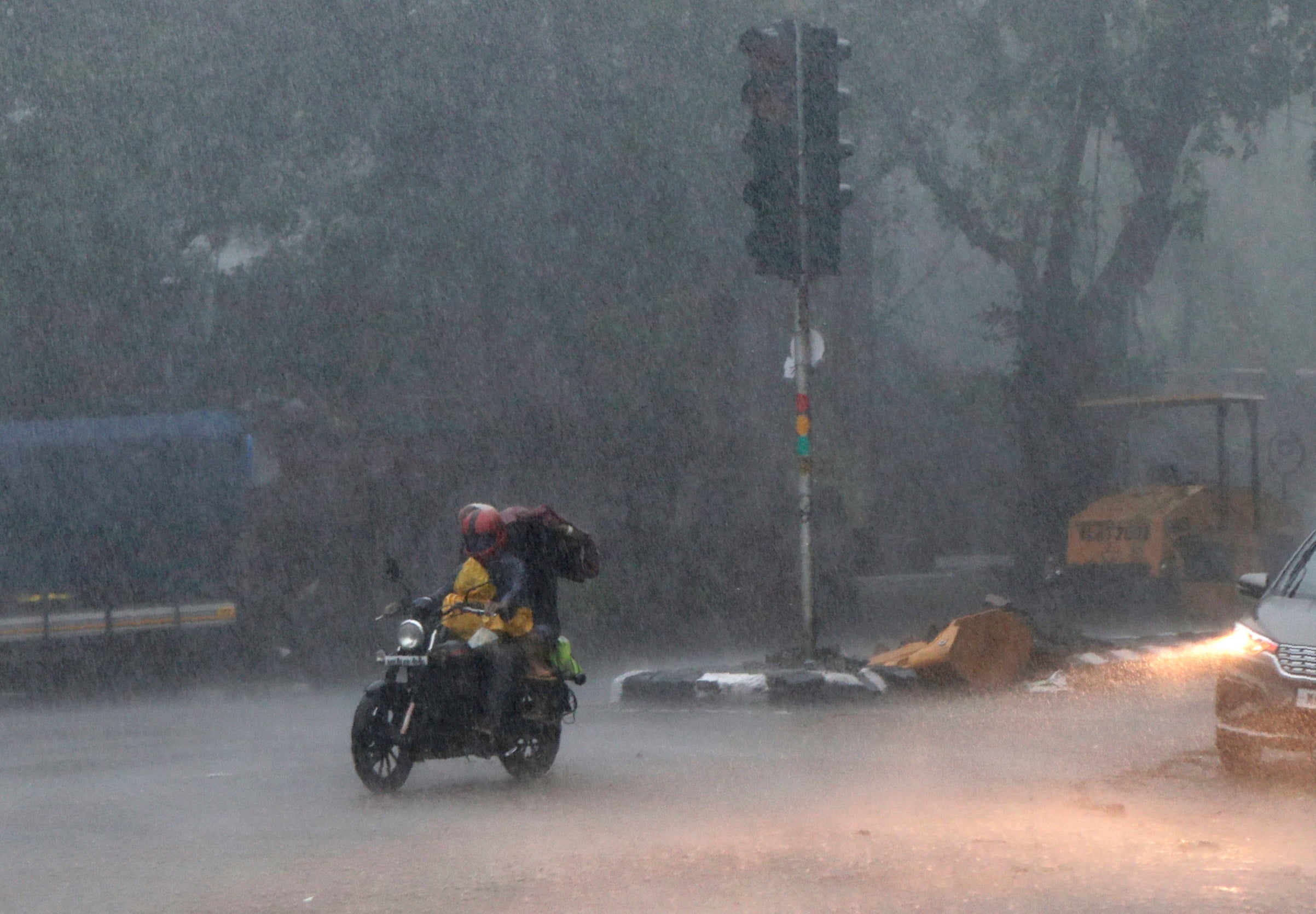India scours sea after barge sinks, 2nd adrift after cyclone
The Indian navy is working to rescue crew members from a sunken barge and a second cargo vessel that was adrift off the coast of Mumbai after a deadly cyclone struck the western coast

Your support helps us to tell the story
From reproductive rights to climate change to Big Tech, The Independent is on the ground when the story is developing. Whether it's investigating the financials of Elon Musk's pro-Trump PAC or producing our latest documentary, 'The A Word', which shines a light on the American women fighting for reproductive rights, we know how important it is to parse out the facts from the messaging.
At such a critical moment in US history, we need reporters on the ground. Your donation allows us to keep sending journalists to speak to both sides of the story.
The Independent is trusted by Americans across the entire political spectrum. And unlike many other quality news outlets, we choose not to lock Americans out of our reporting and analysis with paywalls. We believe quality journalism should be available to everyone, paid for by those who can afford it.
Your support makes all the difference.The Indian navy is working to rescue crew members from a sunken barge and a second cargo vessel that was adrift Tuesday off the coast of Mumbai after a deadly cyclone struck the western coast.
The navy said it had rescued 177 people of the total 400 on the two barges in the Arabia Sea. Three frontline warships were part of the rescue operations and were scouring seas, the Navy said.
Both barges are owned by Oil and Natural Gas Corporation, the largest crude oil and natural gas company in India.
Cyclone Tauktae, the most powerful storm to hit the region in more than two decades, packed sustained winds of up to 210 kilometers (130 miles) per hour when it came ashore in Gujarat state late Monday. Four people were killed in the state, raising the storm's total to 16.
Residents emerged from relief shelters Tuesday to find debris strewn across roads, trees uprooted and electricity lines damaged.
In Maharashtra six people were killed Monday but the state's capital, Mumbai, was largely spared from any major damage even as heavy rains pounded the city’s coastline and high winds whipped its skyscrapers. Over the weekend, the cyclone had killed six people in Kerala, Karnataka and Goa states as it moved along the western coast.
The cyclone has weakened, but the India Meteorological Department forecast heavy rainfall for many parts of Gujarat and Maharashtra in the coming days.
Ahead of the cyclone, about 150,000 people were evacuated from low-lying areas in Maharashtra and Gujarat states. S.N. Pradhan, director of India’s National Disaster Response Force, said social distancing norms were being followed in evacuation shelters and rescue teams were clearing debris from affected areas.
Both states, already among the hardest hit by the coronavirus pandemic, had scrambled disaster response teams, fearing the storm could endanger India’s fight against the coronavirus, with supply lines cut, roads destroyed and lockdown measures slowing relief work.
Tropical cyclones are less common in the Arabian Sea than on India’s east coast and usually form later in the year. But experts say changing climate patterns have caused them to become more intense, rather than more frequent.
In May 2020, nearly 100 people died after Cyclone Amphan, the most powerful storm to hit eastern India in more than a decade, ravaged the region.